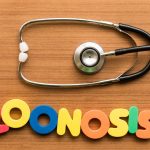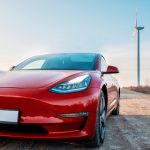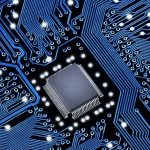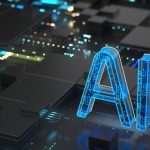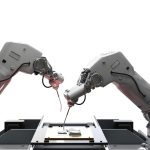The U.S. government is taking significant steps to aid Tesla’s ambitions in autonomous driving. By relaxing certain self-driving regulations, the administration is enabling faster development and deployment of Tesla’s Robotaxi network. These regulatory changes not only support technological advancements but also aim to position American automakers competitively on the global stage.
Recent policy adjustments provide Tesla with greater flexibility, surpassing previous regulatory constraints. The modifications are designed to foster innovation, allowing Tesla and other U.S. companies to explore and implement advanced autonomous vehicle technologies more efficiently.
Regulatory Changes Support Autonomous Innovations
The U.S. Transportation Department has introduced exemptions that permit Tesla to bypass specific safety regulations during research and demonstration phases. These exemptions were previously more common for foreign vehicles, marking a significant shift towards supporting domestic innovation. Additionally, the department aims to unify crash reporting standards, which have been a point of contention for Elon Musk.
Tesla’s Robotaxi Plans Gain Momentum
Elon Musk has announced that Tesla is gearing up to launch its Robotaxi service in Austin, Texas, by June. This initiative relies heavily on Tesla’s Full Self-Driving (FSD) technology, which stands to benefit from the eased regulatory environment. The company’s focus on refining FSD underscores its commitment to expanding its autonomous fleet swiftly and effectively.
Competitive Edge Against China in Self-Driving Tech
The administration’s policy shift is part of a broader strategy to maintain U.S. leadership in autonomous vehicle technology. By simplifying regulations, the U.S. aims to create a more competitive landscape against Chinese firms that are aggressively advancing in self-driving technologies. This move is expected to accelerate Tesla’s ability to scale its Robotaxi network, enhancing its market position.
The updated regulations come at a time when global competition in autonomous vehicle technology is intensifying. Tesla’s expanded Robotaxi rollout will serve as a critical test for its FSD software, potentially setting new standards in the industry. These developments suggest a concerted effort by the U.S. to support homegrown innovations and challenge international competitors effectively.
The shift in regulatory policy not only benefits Tesla but also signals a commitment to advancing autonomous technology within the United States. By prioritizing flexibility and innovation, the administration is laying the groundwork for significant advancements in the self-driving sector, which could have lasting impacts on both the automotive industry and consumer experiences.
Tesla’s initiatives are poised to leverage these new regulations to enhance its autonomous offerings, potentially leading to faster deployment and broader adoption of self-driving technologies. This strategic alignment between regulatory bodies and industry leaders like Tesla could drive substantial growth and innovation in the autonomous vehicle market.



